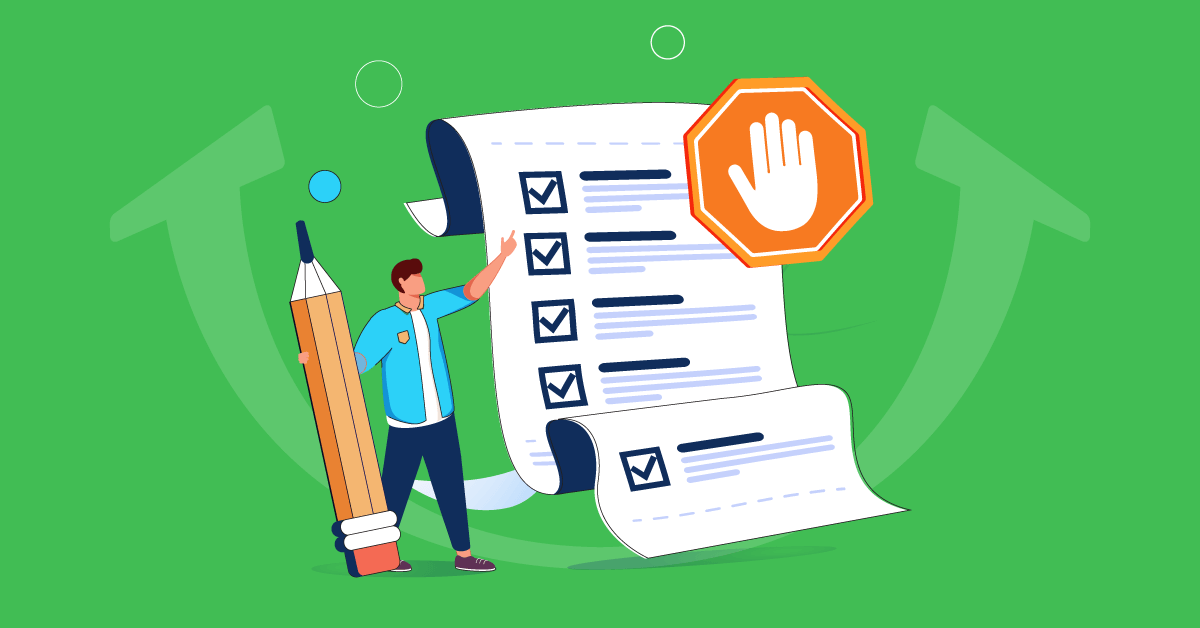- 1. Determine your audience and key objectives of the course.
- 2. Make the learner aware of the course benefits.
- 3. Formulate a syllabus that makes course instruction simple and straightforward.
- 4. Integrate multimedia content.
- 5. Create curriculum that appeals to different learning styles.
- 6. Include assessments throughout the course.
- 7. Make elearning courses more digestible for the end user.
- 8. Include links to additional information and resources.
There isn’t any doubt that modern technology has revolutionized the way we create and deliver educational content. More and more students and employees are turning to online training and development in order to broaden their knowledge base and skill sets.
Instructors and educators are relying upon computer-based training software to quickly and conveniently provide users with information and materials that enhance the overall learning experience. It’s a win-win situation.
However, knowing the basics of eLearning course development is key, especially if you want to create lessons and modules that allow students to not only acquire information, but retain it for future use (which is the goal of any educational endeavor).
In this guide, we’ll walk you through how to create online courses in your LMS, so that you can design and deliver training that’s easy to maintain, and, above all else, provide the learner with resources and information that will help them to achieve their professional and/or educational goals.
1. Determine your audience and key objectives of the course.
Before you even with your eLearning content development process or start designing eLearning courses in your LMS, you need to figure out who will be taking the course and what they hope to achieve. For example, what skills do they hope to learn during the course? Is there any important information that they hope to acquire? Determining your primary audience will allow you to create courses that include appropriate resources and content, as well as lesson plans that are geared toward their particular learning styles.
2. Make the learner aware of the course benefits.
The best way to engage learners and make them actually want to learn is to show them the benefits that the course can offer. So, you’ll probably want to create a course description and outline that highlights what skills and information they will learn within the course, and the real world applications of these benefits. For example, you won’t want to just tell them that they will be learning how to use a check out terminal. Instead, let them know that they will be able to enhance their customer service skills, and learn about all of the POS functions that can ensure a quick checkout for the consumer.
3. Formulate a syllabus that makes course instruction simple and straightforward.
While a syllabus for online courses may not be as vital as it is in traditional educational settings, it can still serve as an invaluable tool for educators and course designers. Creating a syllabus for your eLearning course can help you with class structuring and resource gathering. It can also allow you to create a class schedule, if necessary, or a guideline by which the end user can achieve the best possible educational outcome.
4. Integrate multimedia content.
One of the most important aspects of designing a course in your LMS is including a wide range of multimedia content. For instance, you’ll want to integrate video, audio, and images into your course design, so that you appeal to all learning types and styles. This also fully engages the learner, and enables them to get the most out of the course materials. In traditional classroom settings, overhead projections and PowerPoint presentations were the norm. However, online learning platforms allow you to utilize a variety of visual aids and educational tools that encourage the learner to become an active participant in their own learning.
5. Create curriculum that appeals to different learning styles.
Every user learns at their own pace and in their own way. As such, it’s essential to cater to a wide variety of learning styles and types while you are designing your courses. Include real-life examples for those who tend to gravitate more toward scenario based learning, and illustrations for those who are aesthetic learners. Don’t stick to just one type of learning delivery method, as this will not offer the most benefit to students or employees.
Also, try to include several different exercises or activities that require participation from the user. For example, create a scenario where they will have to carry out a point of sale transaction or have them interact with other students via an online forum (in order to include a group collaboration aspect).
6. Include assessments throughout the course.
All effective courses include assessments, whether that be quizzes, exams, or tests. These assessments allow the instructor to gauge the learner’s progress and give the learner the opportunity to determine what they may need to focus on moving forward. You should also include some sort of survey within the course itself, possibly at the end of the course, so that you can get an idea of which areas may need to be improved (so that you can fine tune the course structure or content).
7. Make elearning courses more digestible for the end user.
It’s a proven fact that learners gather and retain information more effectively when the materials are more “bite sized”. This means that the course offers information and data in smaller, more digestible portions for the learner.
For example, if you are teaching a student about a particular subject, you wouldn’t simply deliver all of the content at once, but break it down into easily manageable lessons within your elearning courses. You may also want to include an assessment at the end of each section, in order to verify that the learner has effectively acquired and retained the necessary knowledge or skill sets.
8. Include links to additional information and resources.
One of the most significant benefits offered by online learning is that learners gain access to a breadth of information without leaving the course itself. This can be achieved by providing links to various sites or modules that will offer the student or employee additional resources and data.
Rather than making them scour the web for supplementary content, you can simply provide them with a hyperlink that allows them to access it quickly and conveniently. As such, they are more likely to gather more information and enjoy an enhanced educational experience.
| Tags: eLearning Courses,Training Content


